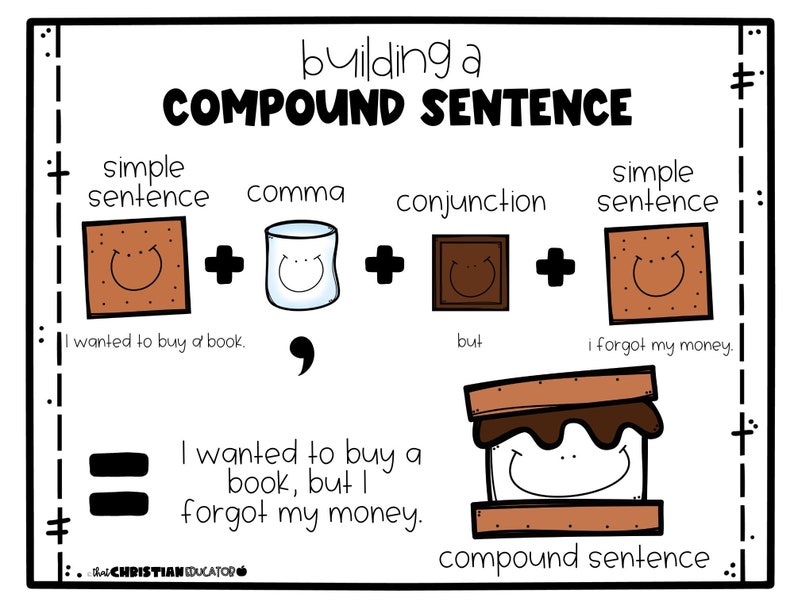At some point in second grade, I decided I was going to tell stories for the rest of my life. I had graduated from the wide-spaced yellow paper used to teach handwriting in first grade, and cherished the sleek legal pads my dad would filch from his office. Book reports, class assignments, stuff I just made up. It didn’t matter. I was a writer.
I took my teacher’s tips to heart. Mix up your sentence beginnings! Use verbs with muscle! Cut your adjectives and adverbs! Avoid cliches like the plague (that one’s a joke!).

I won praise from my teachers, as well as my friends. Let’s hear it for the power of positive reinforcement.I recited my stories for the entire class. Never mind that they were mashups of monster movie plots seen the previous Saturday at the RKO Fordham, and the most recent episode of The Twilight Zone or The Outer Limits. I’d add a little Marty Special Sauce as a binder. These typically involved the Yiddish-isms of Grandma Lena’s latest linguistic faux pas. “It’s freezink colt! Vehr a hatkela, and button your neck!”
The luge run of life continued, and soon I was tasked with long form papers at school. These required a typewriter, for the teachers grew impatient with our undecipherable cursive handwriting, further defiled by sloppy erasure smudges.
My classmates all had access to a typewriter, but not I. Back then, a time not unlike ours (does anyone even remember the Cuban Missile Crisis?) “typewriter” meant “manual”. Heavy keys! Faded ribbons and stained fingers! And then, there was that DING!
I went to management and begged for a typewriter. No luck. Why? No money, no space…let’s be honest, no parental interest in helping an earnest son out.
But miracles sometimes do happen. Months later, my dad’s company purchased new office equipment and offered the old stuff to employees for an attractive price. A grey metal tank in the form of a Royal Standard was soon ours, for $35.
It was a monster that required the finger strength of a gorilla. Worse, typing required know-how. Who knew? After spending the better part of an hour typing the first sentence of Mr. Goldberg’s history assignment, I steeled myself for trouble.
I asked my mother, a former “office girl”, to type the report for me, from my handwritten version.
I never knew my mom could curse like that, but curse she did, with every crash of the keys, or mistyped word. And then, there was her extemporaneous editing.
“Did you mean to say…?” Nooo, just type what I wrote. Pretty please.
“This makes no sense…” Just type what I wrote. Pretty please, with sugar on top.
It took hours. It was mentally exhausting. My mom was a terrible typist and a worse editor of my junior high school prose. Which, to my tweener eyes, was the epitome of elegant, nuanced, informative writing.
I knew I had to learn to type. But how?
Turns out, a typing class was offered at my high school. De Witt Clinton, the feeder school for Rikers Island. The teacher looked like Trixie from The Honeymooners, or the female model for Hopper’s “Nighthawks”. In her New Yawk accent, she drilled us on “home keys”. ASDF. JKL;. From there, the upper tier of letters and, finally, the numbers! Then, hit “shift” to gain access to @#$%^&&*()_+, which proved so useful as expletive metaphors.
In six months I graduated to typing my own stories. However, in seven months I grew weary of fighting the ancient Royal’s stuck keys and recalcitrant ribbon. My typewriter research began.
At 16, I graduated high school. For this feat, for being accepted to CUNY (free!), I earned the kings’ ransom of $100 from various relatives. The money burned a hole in my pocket. I set my sights on 23rd Street in Manhattan, which back then was the known universe’s epicenter of typewriter retailing.
I did not want a used machine. I wanted something sleek, smooth, fast, and solid to memorialize my precious prose.
My research uncovered marques such as Royal (boo!), Smith-Corona, Brother, Olivetti, Underwood. And then there were the Mercedes-Benz, Porsche, and BMW of manual typewriters: Hermes, Adler, and Olympia. In a dusty, one-step-down store with a yellowed sign and tables covered with the objects of my desire, I road tested and priced these three lofty brands and made my selection.
I bought an Olympia SM9, and still had money left over to treat myself to a MacGregor fielder’s glove (Claude Osteen model, purchased for $18 at Paragon, before that store got all fancy-schmancy).
That Olympia had style and grace. It was a typewriter worthy of my writing and, in my mind, it took my flights of fancy to new heights. In college, I applied for, and won, one of only eight spots in a noted author’s advanced writing seminar. The NYPL had shelves stocked with his books. Some of them were written in French! There he was! His author photo made him look sane. In class, he wore the same white jeans and British Walker Playboy shoes every day. He’d come in, late, open his leather briefcase, open a vial and pop some pills, and begin the session, mumbling all the while. On the poems and stories I submitted — typed on my white Olympia — he’d underline phrases he liked and, once in a great while, he’d write “good” next to a particularly pithy line. Each “good” was like a line of coke. It wore off fast, and I was always eager for more.
And the best part? He, this professor, hailed from the East Bronx, not far from where Grandma Lena lived, and where Sonny Pacino grew up and went to Herman Ridder JHS 98 on Boston Road, where he was a classmate of my wife’s second cousin, Fat Eleanor. You may have heard of him. Al Pacino? He starred in “The Indian Wants the Bronx”, a play that ran in the Astor Place Theater, and that my AP English teacher, Miss Gail Simon, honored by pinning the show’s Playbill above the bulletin board in our classroom.
Man, if Mr. C could make it, if he could break through the Bronx clouds to a wider world, so could I!
All it took was hard work, diligence, and my beautiful white Olympia typewriter. Over the years, I pounded away on that machine, eventually graduating to an electric Remington, which served me well, and then to a Tommy Gun-fast IBM Selectric at a direct mail advertising job. It wasn’t until the late 80s that I made the leap to the wonderful world of computers, after learning the arcane commands of Wordperfect/DOS 5.1 at an early PR agency job.
The spine of the story here is constant writing. From pencil and paper, to the clunky Royal, to the buttery-smooth, white Olympia, to the Remington, to the Selectric, to the Wangs I used reporting and writing 4500 words a week for two weekly newsletters for the automotive trade. Office joke, when the machines went kaput: “The Wangs are down! The Wangs are down!”
I never stopped writing. Reports. Poems. Short stories. Ad copy. Speeches. Web content. Whatever. I never will stop. This is what I do: tell stories. I type now on a Logitech keyboard, connected to a Philips HD monitor, tethered to my ThinkCentre. It’s a gypsy cab of a rig, the equivalent of a four-door, bench seat, Dodge Dart with a slant six 225 engine. Unlike those Wangs, it never goes down LOL.
The primary difference is that, these days, I’m my own editor, channeling the infuriating chides of my mom as she banged and cursed on that Hindenberg of a Royal machine:
“This makes no sense…”
“Did you mean to say….?”
